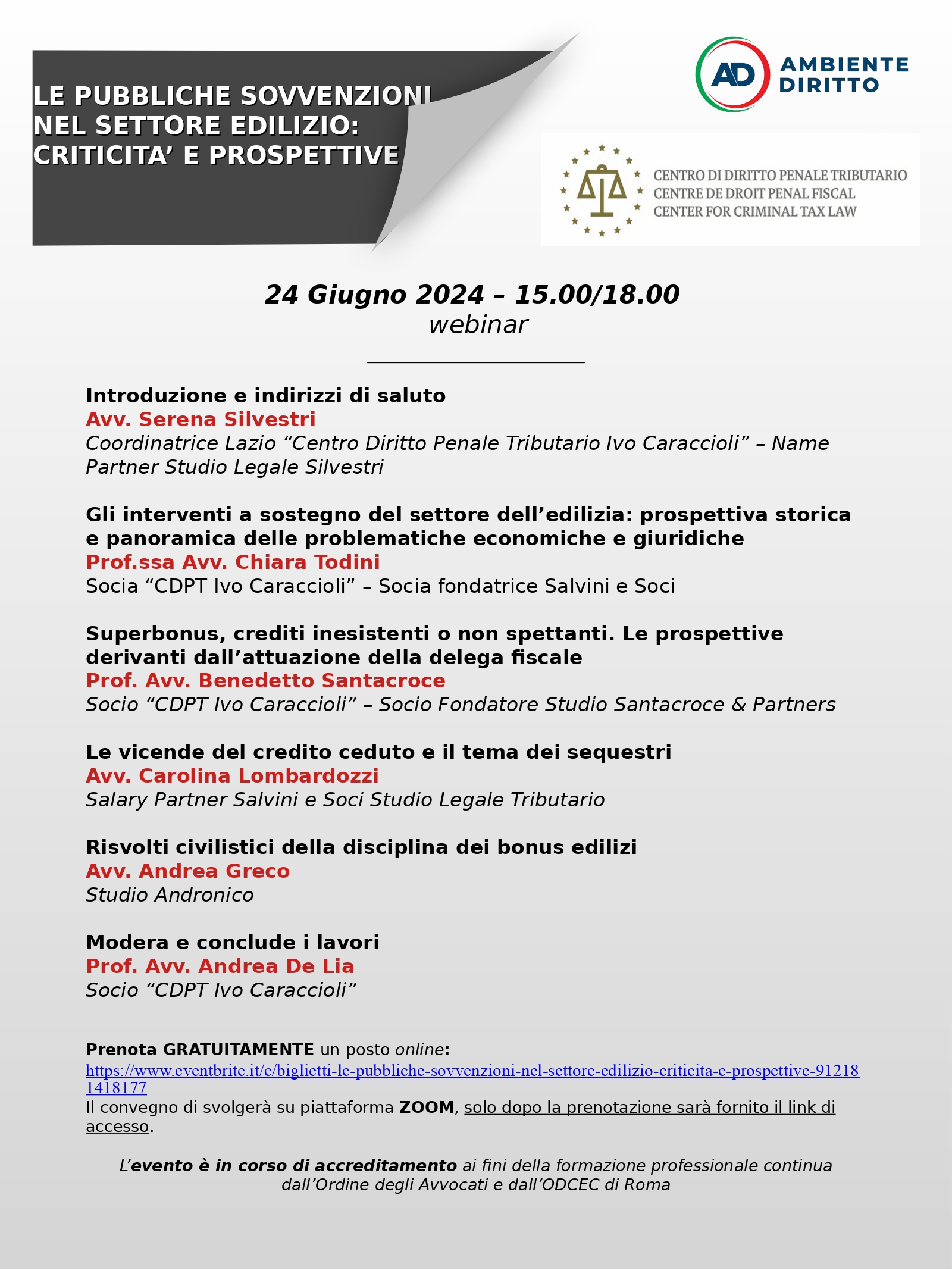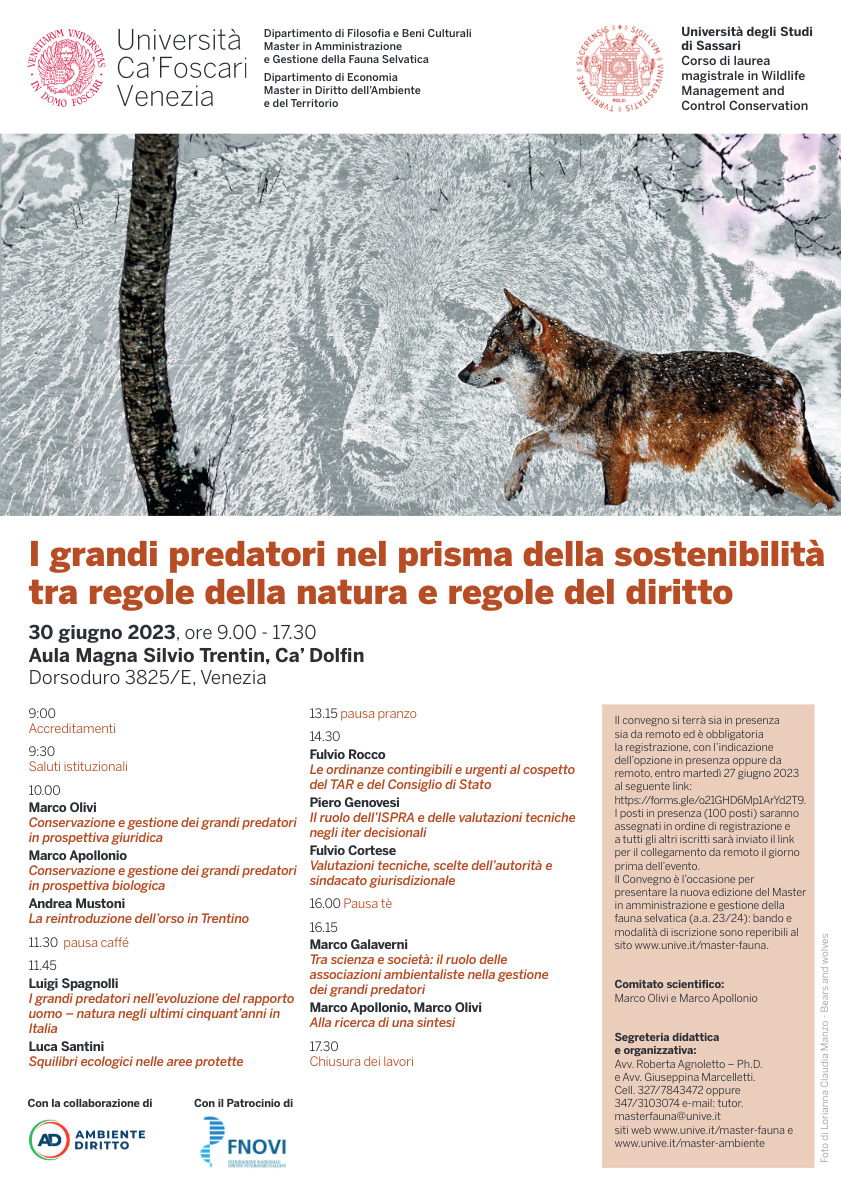______________ AMBIENTEDIRITTO ______________
A SMART LEGAL INSTRUMENT IN THE FACE OF A GLOBAL DANGER: THE MINAMATA CONVENTION on Mercury 2013
Giuseppe Poderati
“Never repeat the tragedy of Minamata Disease”
Shinobu Sakamoto, Group Leader of the Minamata Victims and Citizens, when addressing the Mercury Treaty.
Abstract [It]: La Convenzione di Minamata sull’uso del mercurio è stata adottata alla Conferenza dei Plenipotenziari nell’ottobre 2013. Certamente, questo documento storico è considerato come il primo accordo multilaterale ambientale che si concentra specificamente su una sostanza pericolosa con effetti intossicanti per la salute umana e l’ambiente. Poiché milioni di persone in tutto il mondo sono esposte agli effetti tossici del mercurio, questa Convenzione aiuta a proteggere sia l’ambiente che il diritto alla salute. Pertanto, tale Convenzione – beneficiando del cd. sistema BRS dedicato alla categoria delle sostanze chimiche pericolose – regola l’uso del mercurio relativo a cinque aree diverse delle attività umane: commercio, estrazione mineraria, stoccaggio e smaltimento, estrazione mineraria d’oro su piccola scala. La Convenzione di Minamata è uno strumento legale innovativo ed ambizioso, che nel tentativo di regolare l’uso del mercurio a livello globale, obbliga sostanzialmente gli Stati a cercare alternative e, infine, a eliminare gradualmente l’uso di questa particolare sostanza. Questa Convenzione rappresenta un passo avanti nella regolamentazione del ciclo di vita del mercurio prevedendo misure rigorose. Tuttavia, si dovrebbe notare che l’efficacia della Convenzione dipende fortemente dalla volontà politica degli stati e delle organizzazioni di integrazione economica regionale che devono stabilire le misure adeguate a livello nazionale per consentire a sé stessi di adempiere ai propri obblighi a seguito del processo di ratifica. È necessario sottolineare che l’eliminazione graduale del mercurio, a livello nazionale e globale, significherebbe conciliare la protezione ambientale con lo sviluppo economico odierno.
Abstract [En]: The Minamata Convention on the use of mercury was adopted at the Conference of Plenipotentiaries in October 2013. Certainly, this historical document is considered as the first multilateral environmental agreement that focuses on one specific dangerous substance with poisoning effects for the human health and the environment. As millions of people worldwide are exposed to the toxic effects of mercury this Convention helps protect both environment and people’s right to health. Thus, the Convention – benefiting from the BRS system that deals with the category of hazardous chemicals – regulates the mercury’s usage in five different areas of human activities: trade, mining, storage and disposal, products and processes and artisanal small-scale gold mining. The Minamata Convention is a groundbreaking and ambitious legal instrument, regulating the use of mercury at the global level and binding States to seek alternatives and ultimately phase out the use of this particular substance. This Convention represents a step forward in regulating the mercury life cycle by providing for stringent measures. However, one ought to note that the Convention’s effectiveness heavily relies on the political will of the state-parties and of the regional economic integration organizations that have to establish the proper measures at the domestic level in order to allow themselves to meet their own obligations upon the ratification process. It is necessary to highlight that phasing out mercury, at the domestic and global level, it would mean to reconcile environmental protection with development in our today’s world.
SOMMARIO: 1. Introduction. – 2. Section I: MERCURY: Scientific and Historical Background. – 3. Section II: Hazardous Chemicals Normative Context: BRS + Minamata Convention, an integrated system of regulation. – 4. Section III: Legal Analysis of the Minamata Convention on Mercury. – 5. Section IV: Final Remarks.
The author is a Ph.D. candidate in International Environmental Law at Wuhan University (China). Previously, he attended his academic education at Libera Università Maria SS. Assunta (Rome, Italy), Stony Brook University – New York State University (SUNY, USA), Centro Studi e Ricerche Direzionali (Palermo, Italy), The Graduate Institute of Geneva (Switzerland), and National University of Singapore.
Scarica allegato





 AMBIENTEDIRITTO.IT EDITORE
AMBIENTEDIRITTO.IT EDITORE